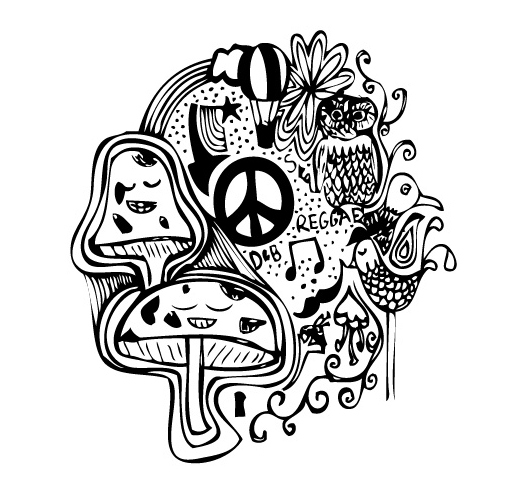Academic conventions are like an institutional framework for your work. Institutional expectations of what your work is meant to look and read like.
The reason for academic conventions: if everyone is writing in the same way then you can see the content easier.
Methodologically justify why you reject the rules (if you do).
Evidence deep learning as opposed to a superficial understanding to your topic.
Academic writing is formal and follows some conventions, specialist vocabulary which you are expected to use in your own writing. Whatever you write (your opinion) must be based on solid evidence and logical analysis, and presented as a concise, accurate argument.
Tips for academic writing:
Aim for precision
Don't waffle
Don't use unnecessary words or any uncertain words such as 'may' 'might 'potentially' 'could' - be confident and make points.
Avoid repeating the same words
Don't write how you speak, or conversationally, avoid; abbreviations, contractions, slang words/ phrases, vague terms.
The way you emphasize your point is by backing up by x, y and z. Not using words like "this totally changed peoples lives"
In many academic disciplines, writing in the first person is not acceptable as it is believed to be too subjective and personal. Many tutors prefer impersonal language to be used in assignments.
Richard thinks that it is okay to write in first person if you can do it well, most tutors will not think it appropriate. However he suggests that we do not use 1st person.
"I have considered that" - "Consideration has been given to"
"I suggest that" - "The suggestion here is that"
"I have observed" - "It has been observed"
Author (date) Title Place Publisher
MILES, R. (2013) Why referencing, Leeds: LCA Publishing
after a quote 'quote quote' (surname, year, page)
'I have no idea how to reference' (Miles, 2013:7)
Bibliograpy should be alphabetised by surname and seperated out into types of research sources








